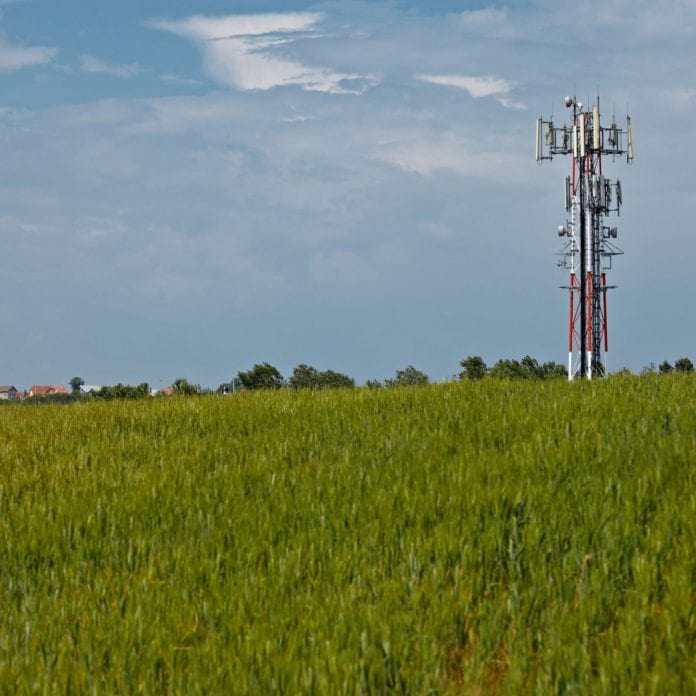American Tower, which has more than 147,000 communications sites–including towers, distributed antenna systems, rooftops, colocation facilities and other infrastructure sites–in 15 countries on five continents, reported strong first quarter financial results this week, beating estimates and showing growth on key metrics.
Earnings highlights include a 25% increase in total revenue to $1.6 billion; a 25.7% increase in property revenue to $1.6 billion; a 9.3% increase in net income to $307 million; and a 19.8% increase in adjusted earnings before interest, taxes, depreciation and amortization (EBITDA) to $998 million, according to the company. Here’s a breakdown of the company’s quarterly financials.
American Tower CEO Jim Taiclet said the U.S. led company growth. “Our 6.5% organic tenant billings growth was the highest we’ve seen since the second quarter of 2015, supported by a recently amended master lease agreement with one of our tenants.”
He also discussed how the recently concluded auction of 600 MHz licenses by the U.S. Federal Communications Commission, which raised more than $19 billion and ended on March 30, impacts American Tower. “Given the recent conclusion of the 600 MHz auction,” Taiclet said, “the numerous other spectrum assets yet to be deployed and several other potential catalysts, we believe that our portfolio of over 40,000 U.S. sites remains optimally positioned to drive strong organic growth over the long term.”
While the auction is concluded, there’s still a long runway until investment in attendant infrastructure will pick up as the FCC is giving television broadcasters 39 months to move operations out of the 600 MHz band, meaning all of the spectrum likely won’t be available until early 2020, which also tracks with the deployment timeline for as-yet unstandardized 5G network services.
As it’s envisioned, 5G will rely on spectrum in the 3.5 GHz (CBRS) band, as well as millimeter wave frequencies. Broad coverage, provided concurrently with widespread LTE networks, will require licenses in lower spectrum bands, with 600 MHz ready to bolster the existing supply.
Analysts with Guggenheim Securities provided commentary on the company’s performance. “Net/net, we see solid print, slightly improved domestic outlook, ongoing repurchases–and near to medium term secular catalysts supportive of shares. We maintain our buy rating.”

